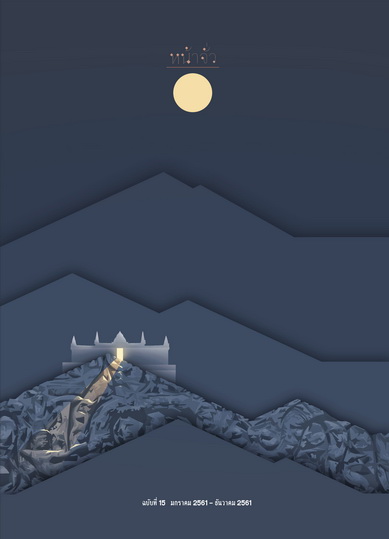The Paradigm of the Sacred Mountain Designs in Southeast Asian Culture/ กระบวนทัศน์การออกแบบภูเขาศักดิ์สิทธิ์ ในวัฒนธรรมเอเชียตะวันออกเฉียงใต้
Main Article Content
Abstract
A study on the paradigm of sacred mountain designs in Southeast Asian culture by using history of architecture research methodology is aim for providing further understanding in a paradigm of designing sacred mountains in Southeast Asian culture and creating those knowledge as intangible cultural heritage. The hypothesis is that the belief of sacred mountains clearly appeared in Southeast Asia culture in terms of natural mountains and architectural mountains.
The result of studying on the paradigm of sacred mountain designs in Southeast Asian culture can be presented in
1) Mount Meru, centre of Hindu and Buddhist cosmology
2) Mount Kailasa, resident of God Shiva
3) God worship, Animism of Mountain and the Great Nature Power
4) Volcanoes; The Great Natural Power
5) The City Centre Sacred Mountain, according to Vastusastra belief in Hindu and Mahathat Chedi in Buddhism
6) Lingabhavarta
7) Sacred Mountain in Literature
8) Sacred Mountain in Ceremony
9) From Mythical Sacred Mountain to its Replica
10) Sacred Mountain, The Resident of the King on the Mountain
All of this knowledge is considered to be a collection of ecological spirituality knowledge of the geographical environment or ecology of the mountains and architectural designs as sacred
mountains in Southeast Asia culture through Indian literatures; Ramayana and Mahabharta Epics, Hindu and Buddhist cosmology, Vastusastra, together with local belief, especially gods or spirits of the mountain, in order to create the sacredness of landscape or the sacred space in Southeast Asia culture.

